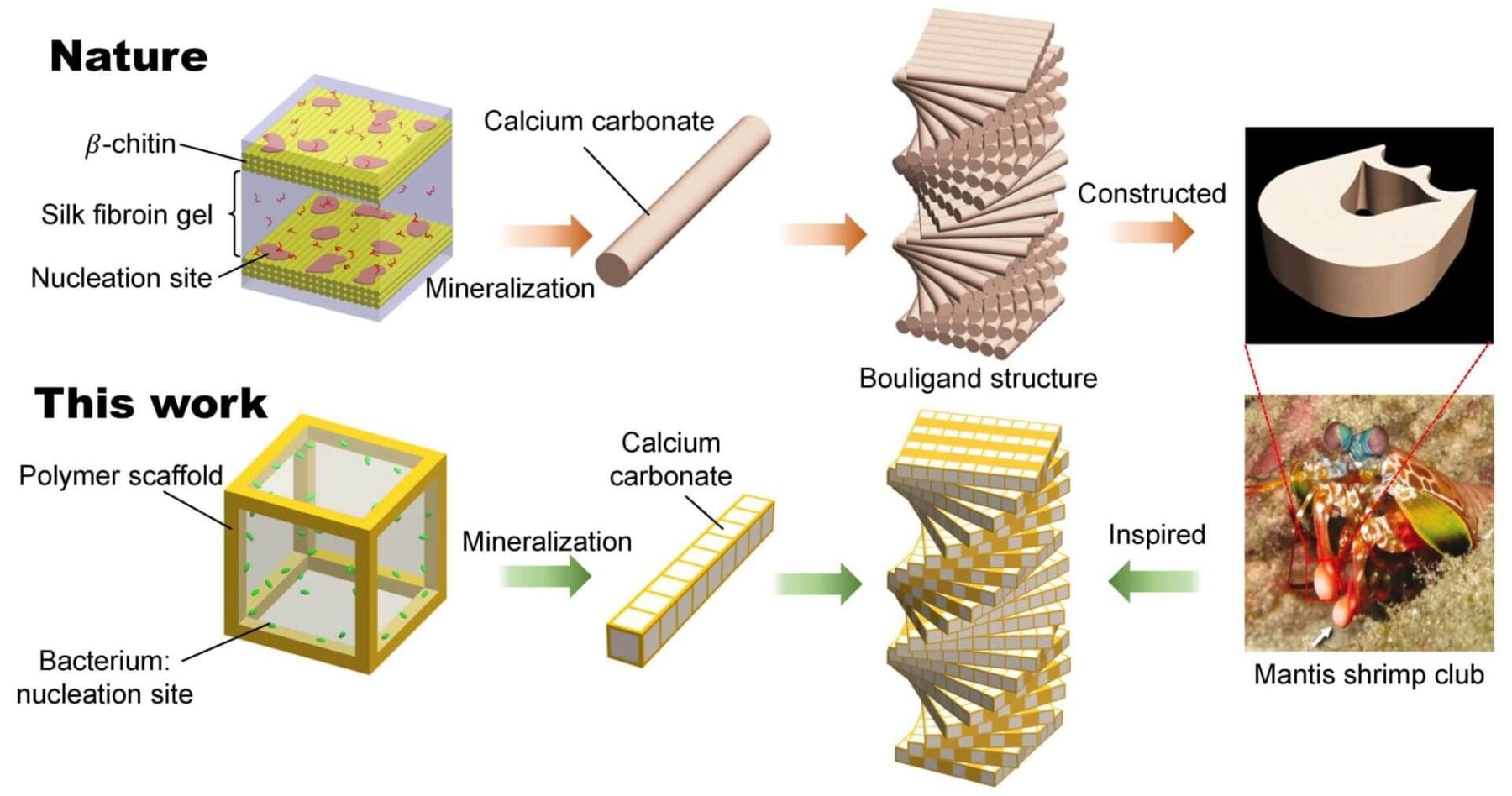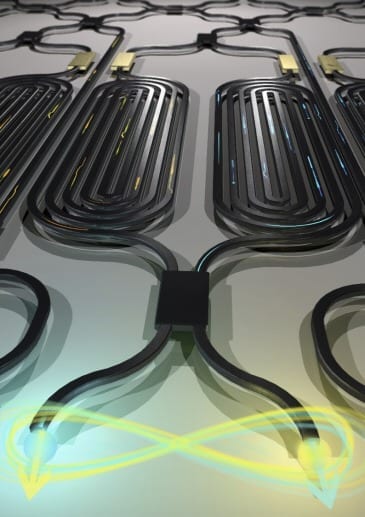
Amherst College Physicists Create Synthetic Magnetic Particle
Nearly 85 years after pioneering theoretical physicist Paul Dirac predicted the possibility of their existence, an international collaboration led by Amherst College Physics Professor David S. Hall ’91 and Aalto University (Finland) Academy Research Fellow Mikko Möttönen has created, identified and photographed synthetic magnetic monopoles in Hall’s laboratory on the Amherst campus. The groundbreaking accomplishment paves the way for the detection of the particles in nature, which would be a revolutionary development comparable to the discovery of the electron.
A paper about this work co-authored by Hall, Möttönen, Amherst postdoctoral research associate Michael Ray, Saugat Kandel ’12 and Finnish graduate student Emmi Ruokokski was published today in the journal Nature.
“The creation of a synthetic magnetic monopole should provide us with unprecedented insight into aspects of the natural magnetic monopole—if indeed it exists,” said Hall, explaining the implications of his work.
Ray, the paper’s lead author and first to sight the monopoles in the laboratory, agreed, noting: “This is an incredible discovery. To be able to confirm the work of one of the most famous physicists is probably a once-in-a-lifetime opportunity. I am proud and honored to have been part of this great collaborative effort.”
Ordinarily, magnetic poles come in pairs: they have both a north pole and a south pole. As the name suggests, however, a magnetic monopole is a magnetic particle possessing only a single, isolated pole—a north pole without a south pole, or vice versa. In 1931, Dirac published a paper that explored the nature of these monopoles in the context of quantum mechanics. Despite extensive experimental searches since then, in everything from lunar samples—moon rock—to ancient fossilized minerals, no observation of a naturally-occurring magnetic monopole has yet been confirmed.
Hall’s team adopted an innovative approach to investigating Dirac’s theory, creating and identifying synthetic magnetic monopoles in an artificial magnetic field generated by a Bose-Einstein condensate, an extremely cold atomic gas tens of billionths of a degree warmer than absolute zero. The team relied upon theoretical work published by Möttönen and his student Ville Pietilä that suggested a particular sequence of changing external magnetic fields could lead to the creation of the synthetic monopole. Their experiments subsequently took place in the atomic refrigerator built by Hall and his students in his basement laboratory in the Merrill Science Center.
After resolving many technical challenges, the team was rewarded with photographs that confirmed the monopoles’ presence at the ends of tiny quantum whirlpools within the ultracold gas. The result proves experimentally that Dirac’s envisioned structures do exist in nature, explained Hall, even if the naturally occurring magnetic monopoles remain at large.
The Latest on: Synthetic magnetic monopoles
[google_news title=”” keyword=”Synthetic magnetic monopoles” num_posts=”10″ blurb_length=”0″ show_thumb=”left”]
via Google News
The Latest on: Synthetic magnetic monopoles
- Large Hadron Collider experiment zeroes in on magnetic monopoleson April 26, 2024 at 8:32 am
The late physicist Joseph Polchinski once said the existence of magnetic monopoles is "one of the safest bets that one can make about physics not yet seen." In its quest for these particles, which ...
- magnetic stripeon April 22, 2024 at 4:59 pm
A 1970s programmable calculator from Sharp approached the problem with magnetic strips on special cards, and since [Menadue] has one with no cards, he set about making his own. These cards are a ...
- The Magnetic Heart of the Milky Wayon April 18, 2024 at 5:00 pm
This Impressionistic swirl of color represents the churning magnetic fields in giant dust clouds near the center of the galaxy. The map, painted in infrared wavelengths, reveals new details in a ...
- Synthetic Data Applications In Financeon April 3, 2024 at 6:30 am
In the rapidly evolving landscape of the finance industry, the advent of synthetic data stands out as a groundbreaking development to revolutionize the way financial institutions harness data for ...
- Feel the burn from home with this magnetic rowing machine, now only $190on March 30, 2024 at 7:00 am
TL;DR: If you can’t get to the gym, get your workout in at home with this magnetic rowing machine, now just $189.99, just over half off its regular price of $399! As the days grow longer and the ...
- OpenAI previews synthetic voice creator, Voice Engineon March 29, 2024 at 5:00 pm
Read more and listen to examples of Voice Engine in OpenAI's blog post, Navigating the Challenges and Opportunities of Synthetic Voices. Anna Iovine is associate editor of features at Mashable.
- After A Century Of Searching, Scientists Finally Found A Virtual Magnetic Monopoleon March 10, 2024 at 4:11 am
The search for magnetic monopoles has consumed the field of condensed matter physics for nearly a century. Now an international team of scientists from the U.K. and China have found emergent ...
- Finding ‘True North’ for organoid development: how magnetic synthetic cells are guiding the wayon September 14, 2022 at 5:00 pm
Instead of having a water-based environment on the inside of my synthetic cell, I have an oil-based environment. This oil-based environment enables a suspension of magnetic nanoparticles into the core ...
- Synthetic aperture radaron March 1, 2022 at 4:00 pm
When it comes to hunting down military radar installations and associated hardware, we typically think of equipment that is firmly in the price bracket of nation states and their military forces.
- Chemistry in its element: holmiumon September 19, 2019 at 5:02 pm
He called it a magnetic monopole substance - one that instead of having poles ... In fact, in oxide form, it's used to colour cubic zirconia, the synthetic material that's sold as a cheap substitute ...
via Bing News










